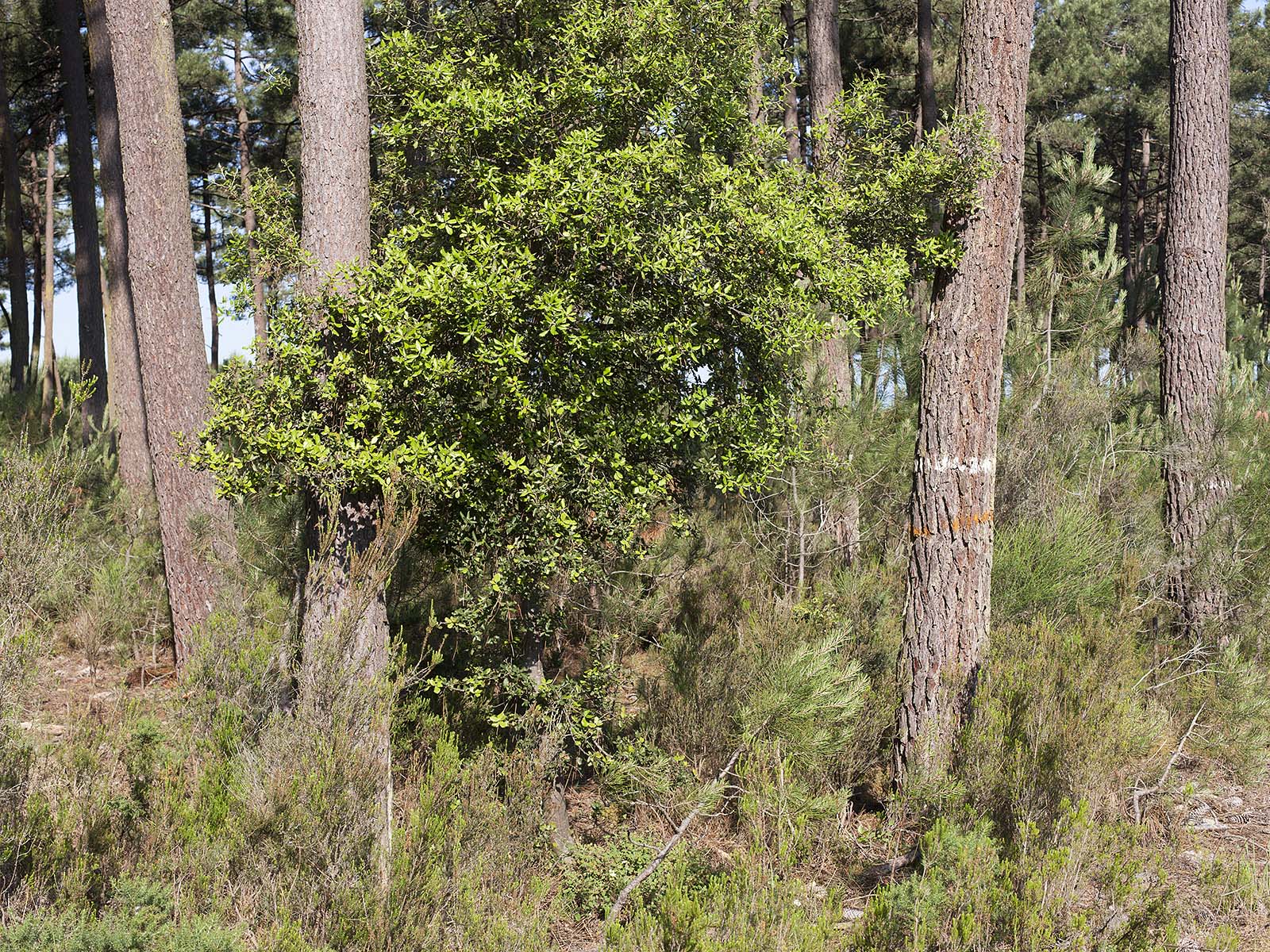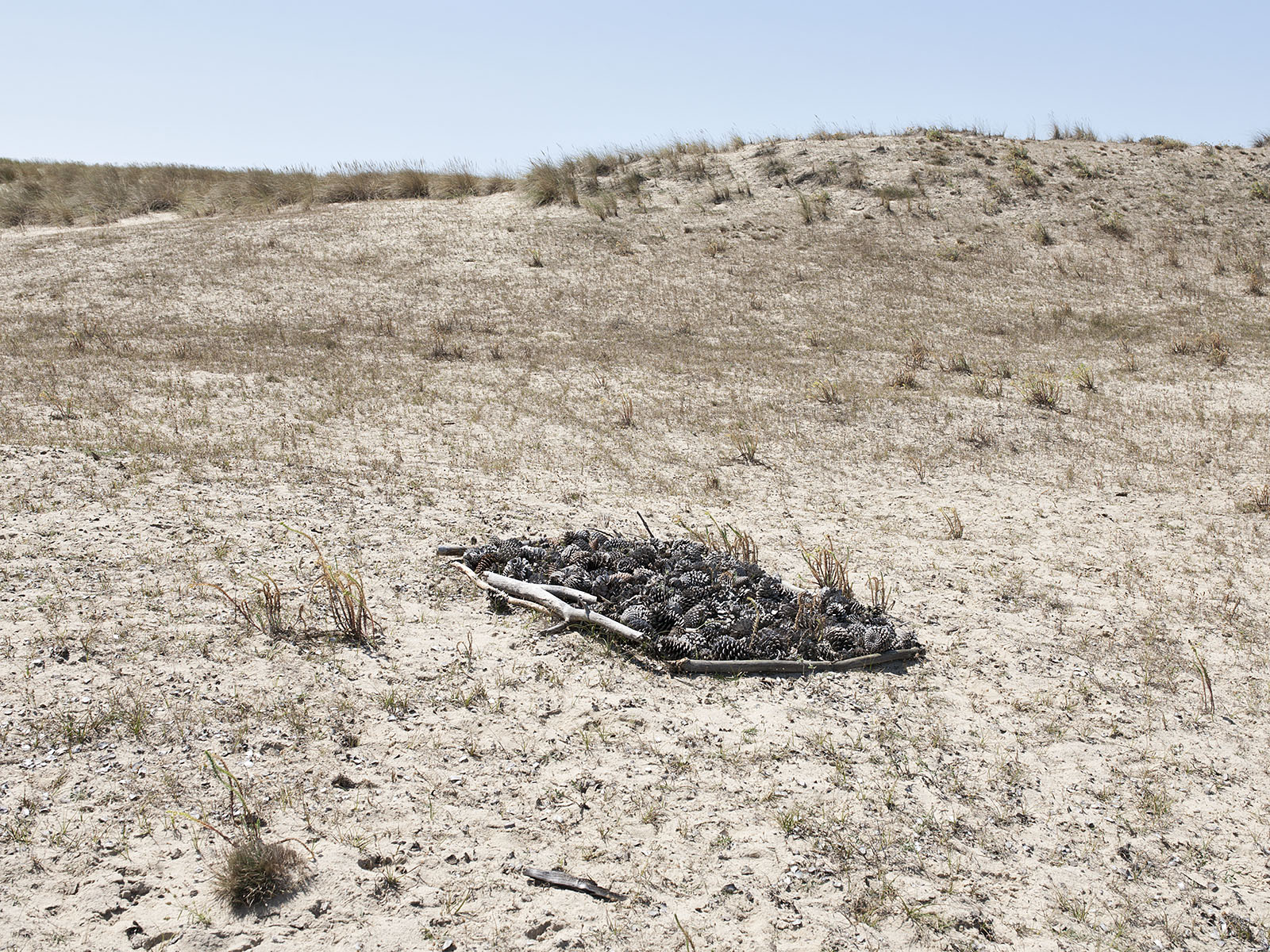La forêt domaniale du Flamand
Montalivet, SW France, 2016-2017
La Forêt Domaniale du Flamand is small body of work that emerged as a side project while completing my practice-based PhD in Brussels, Belgium. The forest lies south of Montalivet, a coastal village I visit every summer.
I might have passed by these “Forêt Domaniale du Flamand” signs hundreds of times. In 2014, my PhD research enabled me to see the reference to Flemish people. It turned out that Flemish people came and helped to modernize the region in the seventeenth century by turning it into a polder, hence creating more arable land.
Suddenly, the forest I knew so well became related to landscape history, perhaps all the way back to 1462, when landschap, the first occurence of “landscape” in European languages, supposedly appeared.
I photographed that primal quality as close as I could.
Montalivet, SW France, 2016-2017
La Forêt Domaniale du Flamand is small body of work that emerged as a side project while completing my practice-based PhD in Brussels, Belgium. The forest lies south of Montalivet, a coastal village I visit every summer.
I might have passed by these “Forêt Domaniale du Flamand” signs hundreds of times. In 2014, my PhD research enabled me to see the reference to Flemish people. It turned out that Flemish people came and helped to modernize the region in the seventeenth century by turning it into a polder, hence creating more arable land.
Suddenly, the forest I knew so well became related to landscape history, perhaps all the way back to 1462, when landschap, the first occurence of “landscape” in European languages, supposedly appeared.
I photographed that primal quality as close as I could.











